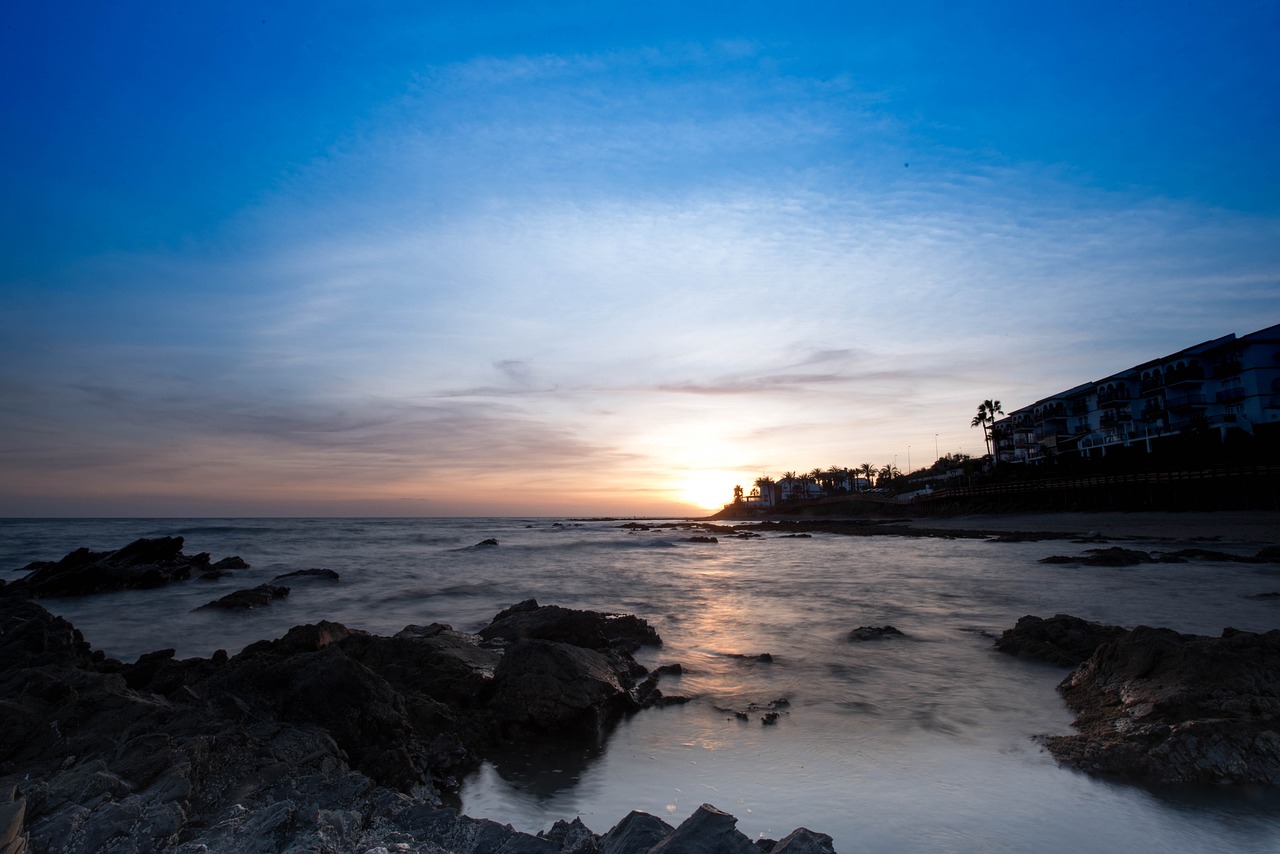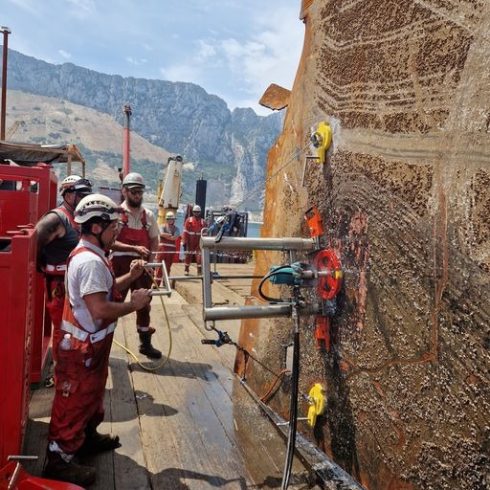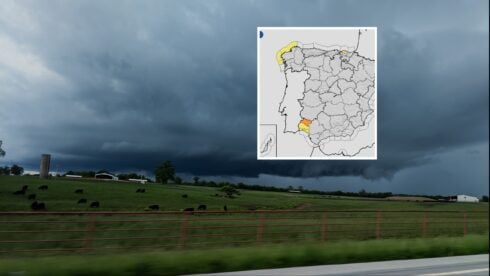IF mountains shape Mijas Pueblo, then the sea defines Mijas Costa. They are two halves of the same municipality, like a happy couple but with entirely varied interests.
While the village appeals to culture vultures and country lovers, the racy oceanfront is big for dining, sport and its social scene.
Mijas is one of the most profitable destinations on the Costa del Sol, thanks to its beach clubs, golf courses and nightlife… and 90% of it is on the coast.
Along a 12km stretch you’ll find five main areas, Calahonda, La Cala de Mijas, Riviera del Sol, Miraflores and, slightly inland, Las Lagunas.
This coastline curves around secluded rocky coves fringed with sandy beaches and it spreads inland, too, to a fertile golf valley of half a dozen clubs that’s a fairway to heaven for visitors.
The great and the good have owned homes here from rower Sir Steve Redgrave to Manchester ace Ryan Giggs and TV star Christ Tarrant to chef Antony Worrall Thompson.
Comic Freddie Starr lived here until his death in 2019, while Irish singer Val Doonican (of diamond-patterned jumper fame) was a visitor for 30 years.

La Cala de Mijas is the veritable jewel, known as the Bay of Mulberries until the 1970s after its signature mulberry trees.
Since the boom of the 1960s, it has morphed from a tiny fishing village to a bustling resort with sophisticated places to dine and dance. But you’ll still see fishermen hauling in their catch and you can enjoy sardines fresh from the sea.
The place is as big a mix of nationalities as anywhere in Spain. “We do not want anyone to feel like a foreigner in Mijas, no matter where they come from,” insists councillor Mario Bravo.
Historically a place of defence, La Cala’s past is hinted at by the fortified watchtower, originally part of a series along the coast that defended the locals against pirates and enemy ships.

Now a museum, the tower’s exhibitions tell the story of General Torrijos – who led a revolt against King Ferdinand VII’s regime in 1831 – the history of other coastal watchtowers, and the traditional fishing customs of the Mijas Costa.
It was only four decades ago that the village consisted of little more than the watchtower and half a dozen fisherman’s cottages.
Even up to the 1970s, almost all transport was by donkey and back in the late 1950s most of the land in the area was split between two big families, the German Berne family and the wealthy Cotrinas, from Malaga. Their land stretched all the way to Fuengirola and inland to the pueblo.
“It was beautiful back then, the land was so unspoilt and the fields were full of life. We had an incredible time growing up here,” a former gardener for the Berne’s told me.
“If you had a little bit of land you could live very well, but if you lived in the town of Fuengirola with no land, you would be pretty poor,” he explains.
I love La Cala!
Scouse comedian Stan Boardman told the Olive Press why he has loved living in La Cala for years.

“It’s one of the few places left on the coast that still has a local village feel,” he tells the Olive Press. “There is still a very Spanish feel and people are very friendly.”
READ MORE:
- BEACHES: Two coastal towns in Malaga ranked among the very best in Spain
- Free Renfe four-month passes are now available across Spain
Click here to read more Travel News from The Olive Press.








